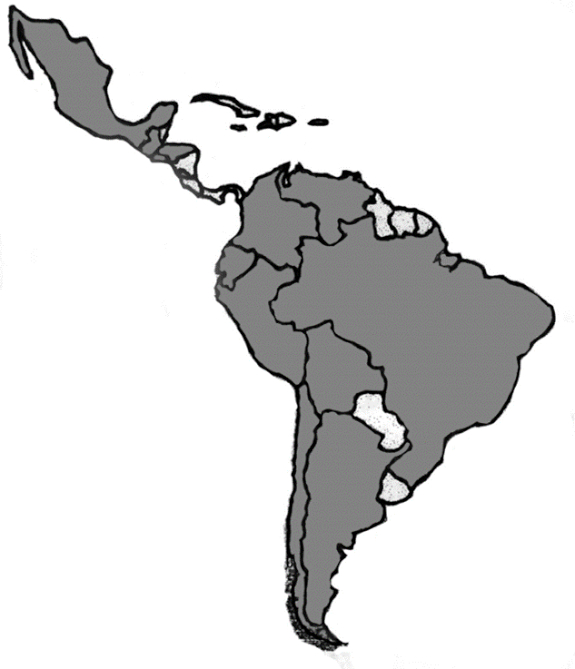Abstract
Conservation of endangered species is crucial for Latin-American countries where there exists an enormous amount of biodiversity and endemic animal species. Ex-situ conservation is an important tool to help in conservation efforts. Modern zoos should play an important role in this matter.
The Captive Wildlife Management Course for Latin America is held every year at Africam Safari, Mexico, with the objectives of training Latin-American zoos and aquariums personnel in order to improve the care and management of captive fauna in Latin America; to establish and promote the importance of the environmental zoo education as a tool for conservation; to promote the inner growth of Latin-American zoos through the training of their professionals; to promote the standardization of methods, criteria and techniques among Latin-American zoos; to promote the cooperation between Latin-American zoos for ex-situ and in-situ conservation programs; to promote the ex-situ and in-situ research as a tool for conservation.
The course is structured to provide the trainees with tools and experience to raise up their zoos to an acceptable standard level, making dramatic and profound changes regarding areas such as animal keeping and husbandry, animal management, zoo animal medicine, zoo visitors education, zoo administration and marketing.
Courses are designed for 20 attendants. Trainees from countries such as Argentina, Ecuador, Bolivia, Perú, Chile, Venezuela, Nicaragua, El Salvador, Mexico, Colombia, and Brasil have assisted in previous courses.
A lot of ex-trainees are today in decision-making positions, so the knowledge obtained during the course gave them basis to grow as persons and professionals in the zoo setting.
It is very crucial for Latin-American zoos and aquariums to have better-trained personnel in order to keep their animal collection healthy and to contribute with the conservation of the fauna of their own countries.
Figure 1. Countries represented in Latin-American courses
